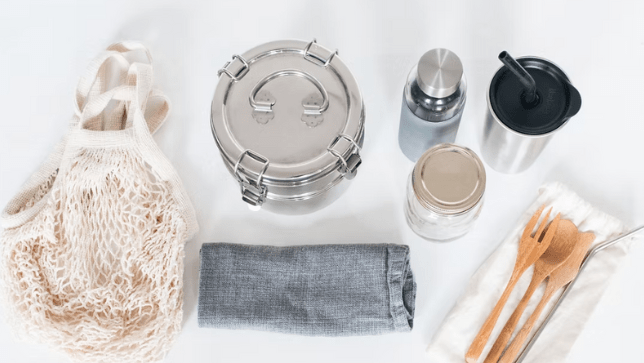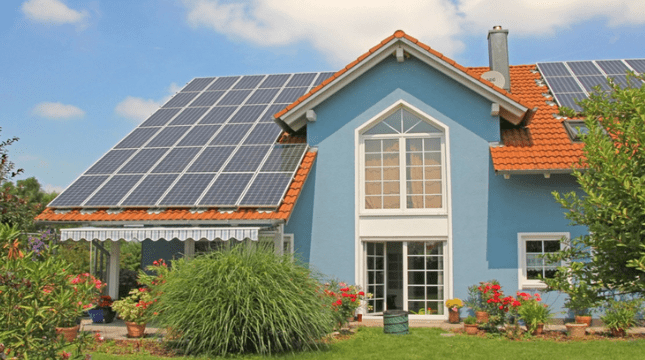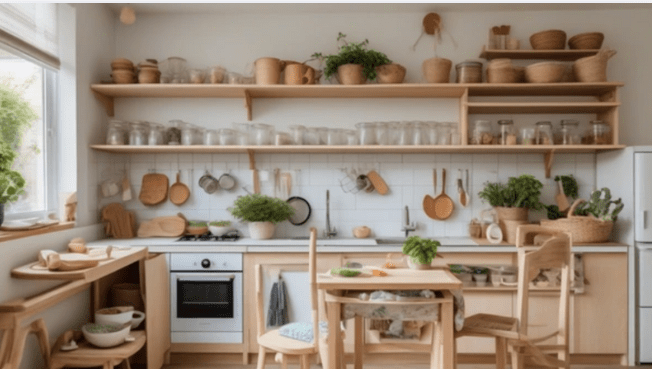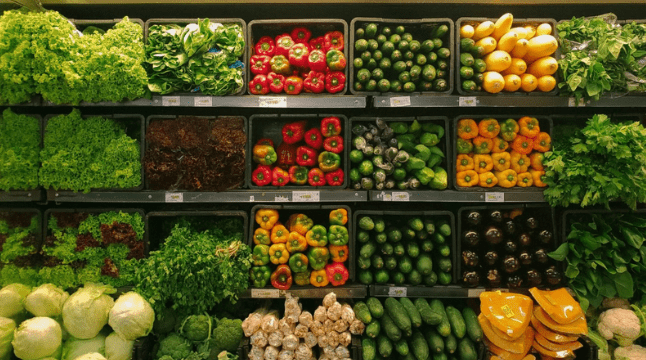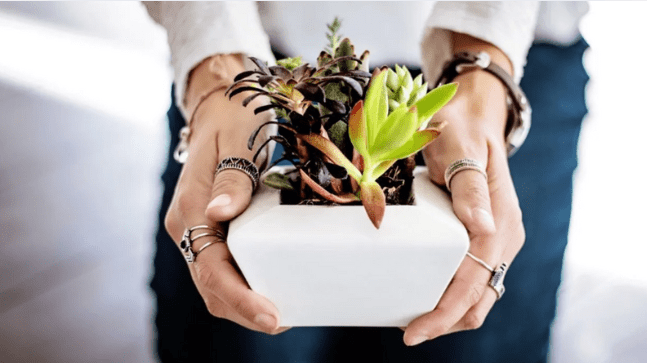Living in an apartment, townhouse, or home with limited outdoor space doesn’t mean you have to miss out on the amazing benefits of composting. Small-space composting is an effective, simple way to reduce waste, enrich your soil, and support the planet without needing a big backyard.
With just a balcony, patio, or even a countertop, you can transform organic scraps into nutrient-rich compost. This guide covers why composting in tight spaces matters, how to start, best composting systems for small homes, success tips, and how to use your compost to maximize its impact.
Why Small-Space Composting Matters
-
Combat Food Waste: Food waste in landfills releases methane, a greenhouse gas 20 times more potent than CO₂. Composting redirects organic waste from landfills, reducing these emissions.
-
Reduce Household Trash: Composting kitchen scraps lowers your trash volume, cutting down on waste collection and related emissions.
-
Enrich Garden and Indoor Plants: Compost improves soil structure, moisture retention, and nutrient content—even in pots or small gardens.
-
Promote Sustainable Living: Small-space composting cultivates green habits and awareness in urban environments.
Best Composting Methods for Small Spaces
Vermicomposting (Worm Composting)
-
Ideal for: Indoor apartments, balconies.
-
Space needed: 8-10 gallon bin.
-
Pros: Odorless, fast composting, produces nutrient-rich worm castings.
-
Cons: Requires maintenance—feeding worms, managing moisture.
Bokashi Composting
-
Ideal for: Small indoor kitchens.
-
Space needed: Airtight bucket with lid.
-
Pros: Ferments all food scraps, including meat/dairy, quickly and with low odor.
-
Cons: Requires a second step—burying or adding fermented waste to soil/compost.
Standard Compost Bins and Tumblers
-
Ideal for: Small outdoor spaces with some sun.
-
Space needed: 5-20 gallons or more.
-
Pros: Familiar process, handles yard waste.
-
Cons: Needs regular turning and moisture control; can attract pests if neglected.
Countertop Electric Composters
-
Ideal for: Countertops, offices, small homes.
-
Space needed: Small electric unit.
-
Pros: Rapid decomposition (hours to days), odor controlled.
-
Cons: Higher upfront cost, uses electricity.
How to Start Composting in Small Spaces: Step-by-Step
-
Choose your composting method based on your space, lifestyle, and patience level.
-
Gather supplies: Bin/container (worm bin, bokashi bucket, tumbler), compostable scraps (fruit/vegetable peels, coffee grounds, eggshells, shredded paper). Optional: worms or bokashi bran.
-
Set up your compost station in a convenient spot indoors or outdoors.
-
Add scraps regularly.
-
Maintain compost: Feed worms and keep moisture balanced for vermicompost; keep bokashi bucket sealed and drain liquid; turn and monitor moisture in traditional bins; follow instructions for electric units.
-
Harvest and use your compost to feed potted plants, balcony gardens, or community gardens.
Tips for Successful Small-Space Composting
-
Chop scraps into small pieces to speed composting.
-
Limit citrus and onion to avoid odors.
-
Balance greens (nitrogen-rich) and browns (carbon-rich like shredded paper).
-
Use breathable bins—avoid airtight containers to prevent mold.
-
Keep moisture moist but not soggy.
-
Avoid indoor floor compost bins if pests are a concern.
Overcoming Common Challenges
-
Odors and Pests: Proper aeration, moisture balance, and avoiding certain scraps prevent smells and pests.
-
Limited Space: Stackable worm bins and compact bokashi buckets maximize small areas.
-
Time and Maintenance: Choose composting styles compatible with your available time.
Benefits of Composting in Small Spaces
-
Reduces methane emissions from organic waste.
-
Improves plant health even in urban settings.
-
Saves money on fertilizers and waste disposal.
-
Builds a connection with nature for you and your family.
-
Encourages eco-friendly habits in confined living spaces.
Frequently Asked Questions About Small-Space Composting
Q1: Can I compost meat and dairy in small-space composting?
A1: Traditional compost bins don’t handle meat/dairy well due to odors and pests, but bokashi composting ferments these scraps safely indoors.
Q2: How much space do I need to start composting indoors?
A2: Worm bins or bokashi buckets can fit in small spaces like under a countertop or cabinet shelf (8-10 gallons).
Q3: How long until compost is usable with small-space methods?
A3: Vermicomposting takes 2-3 months; bokashi fermentation is about 2 weeks plus soil composting; electric units create compost in days.
Q4: Does composting smell bad indoors?
A4: Proper management—balanced materials and sealed bins—minimizes odor.
Q5: What if I have no outdoor space?
A5: Indoor vermicomposting and bokashi bins are excellent options for apartments without yard access.
Q6: How do I apply finished compost in small-space gardening?
A6: Mix compost with potting soil, use as top dressing for containers, or add to community garden beds.
Conclusion
Small-space composting proves you don’t need acres of land to make a meaningful environmental impact. Whether through vermicomposting, bokashi fermentation, or small tumblers, your efforts reduce landfill waste, protect forests, and save money. Start small, be consistent, and watch your little compost corner become a powerful green symbol. A modest space can create big change.


